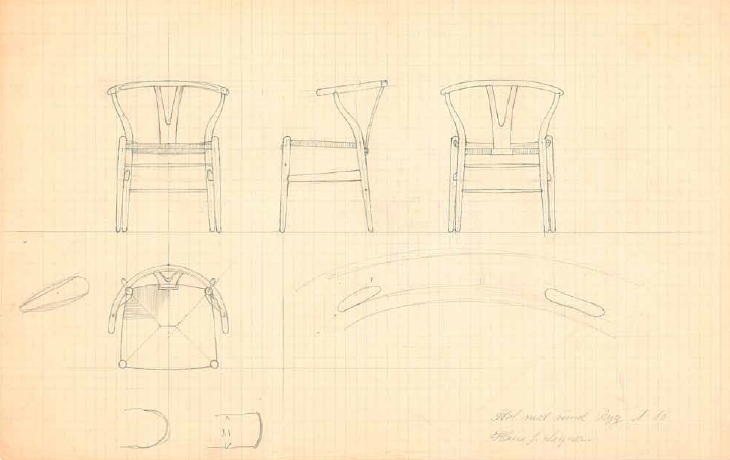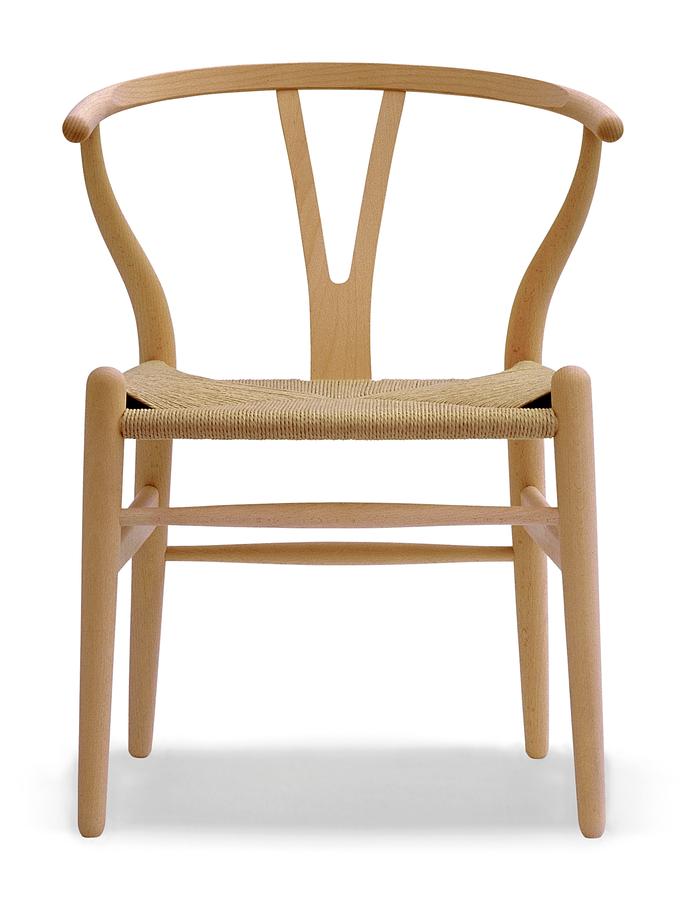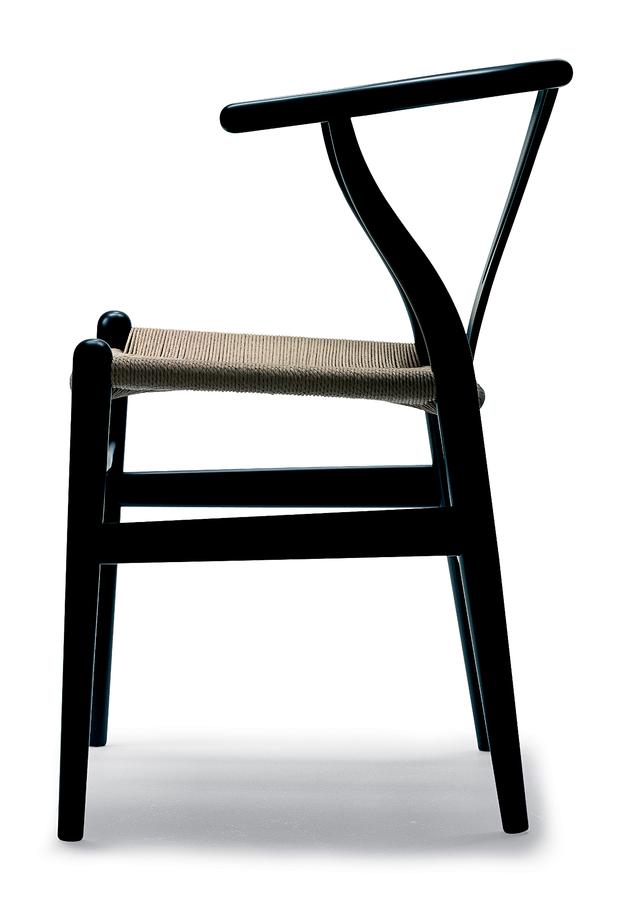Carl Hansen & Søn | Designer | Producer | Product | smow
At the 1949 Copenhagen Carpenters Guild exhibition Hans J. Wegner presented his JH501 "Round Chair" for Johannes Hansen. Often referred to simply as "The Chair", for many its basic yet expressive form reflecting perfection in chair design, the JH501 was the work with which Hans J. Wegner first reached a mass public and is in many ways the work that first established the international reputation of Danish design and which made Danish furniture "hip".
Among those who saw the JH501 at the 1949 exhibition was the furniture dealer Eivind Kold Christensen, who subsequently asked Wegner if he could create something similar for the Odense based manufacturer Carl Hansen & Søn, something similar, but which in its construction would be adaptable for partial machine production and so less exclusive than the handmade JH501. An affordable chair for a mass public, as, for example, with Michael Thonet's chairs.
Wegner readily agreed. And promptly created the CH24 Wishbone Chair, also known as the Y Chair, an object which bears little or no similarity to the JH501.
Other than the use of bent wood.

As with all good design the Wishbone Chair looks effortless, yet this effortlessness hides a carefully planned and thoroughly thought through construction, a construction composed by a craftsman with not only a fine understanding of his craft but much more by one with a restless creative mind driven by a passion for improving works past.
As a student at the Copenhagen Arts and Crafts School Hans J. Wegner was introduced to the so-called Chinese Chair, a simple, common chair form that was to inspire and influence him his career long. In the mid 1940s he designed two "Chinese Chairs" for Fritz Hansen, the FH1783 and FH4282 , and, as Christian Holmsted Olesen beautifully illustrates in "WEGNER - Just one good chair", the Wishbone Chair can be seen as a further development of these works.
With a few important variations.
For all the characteristic "Y" shaped backrest element, a feature which allows the backrest to curve further out than would otherwise be the case, thus allowing a slightly longer, more organic backrest which gives the sitter more room than in, for example, Wegner's Chinese Chairs or JH501. This backrest construction is aided and abetted by the rear leg, which extends forwards with a delicate, self confident, twist to support the backrest in the middle of the seat, thus avoiding the need for an additional, and potentially space constricting, supporting element at the front of the arms. The result is a much more open, lighter form language, a chair that emits a welcoming calm that almost invites one to sit down.
In addition, with its much shorter arms the Wishbone Chair is more suitable for use at the dinning table than the JH501 - a deliberate design decision on Wegner's part and one which solved one of the, for him, faults with "The Chair"
The CH24 as an improvement on the perfect JH501, if you will.
Released by Carl Hansen & Søn in 1950 the Wishbone Chair took time to establish itself, but ultimately was to go on to become Wegner's most commercially successful chair design.
To mark Hans J. Wegner's centenary (smow) are offering the CH24 Wishbone Chair from Carl Hansen & Søn at celebratory prices. The offer applies to all oak and beech versions of the Wishbone Chair ordered before May 15th 2014.
And so while, much like Hans J. Wegner, you never be able to design just one good chair.... you can own one.
Full details can be found at smow.com

